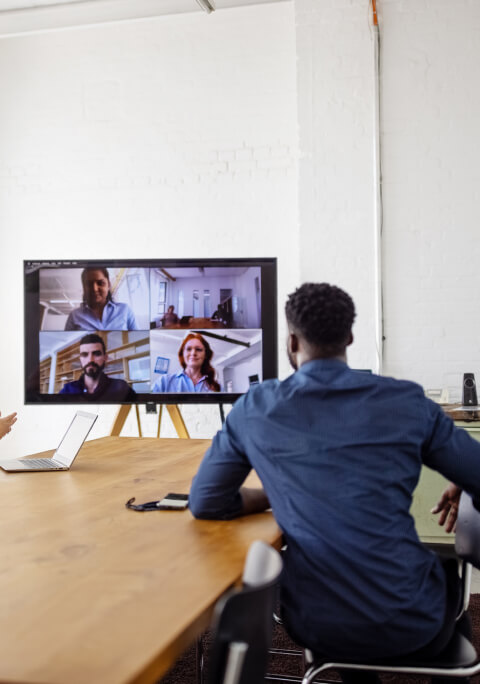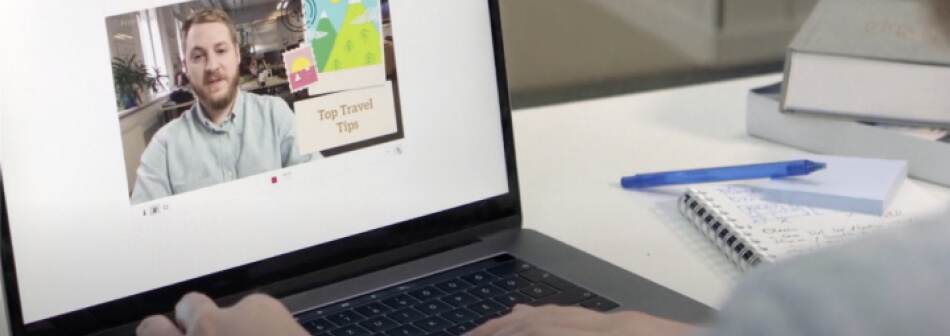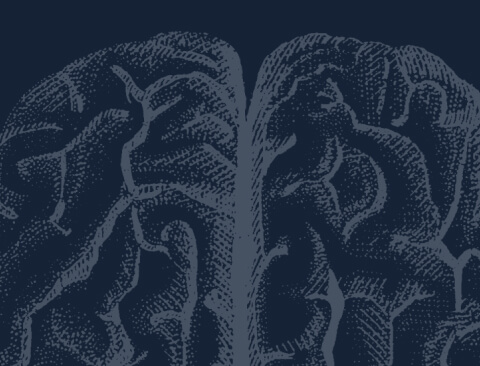The science of effective presentations
Want to know why?
Our brains are hardwired for specific types of content.
How can this help you create more engaging, persuasive, and memorable presentations?
Be more engaging
In this on-demand age of smartphones and ubiquitous wi-fi, presenters have to fight harder than ever to grab and keep their audience’s attention.

Visuals are more engaging—and work faster—than words.

It only takes about 1/4 second for the human brain to process and attach meaning to a symbol.4
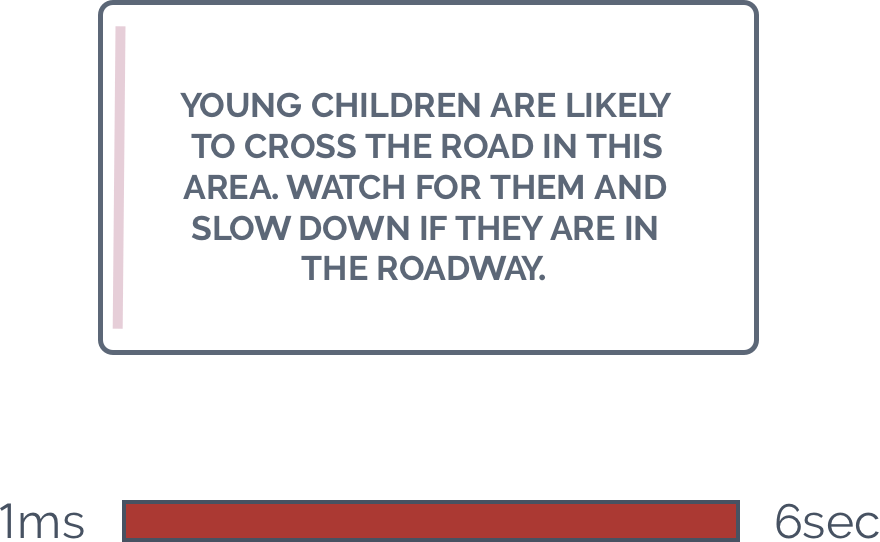
By comparison, it takes us an average of 6 seconds to read 20-25 words.
How can this affect your presentations?
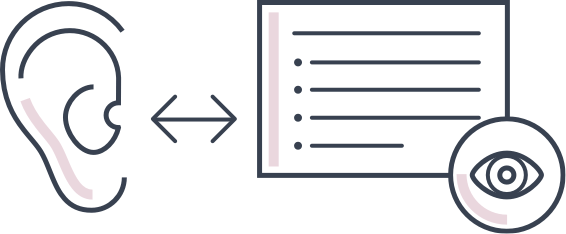
We can’t simultaneously read and listen.
“When people think they’re multitasking, they’re actually just switching from one task to another very rapidly.”5
Earl Miller, MIT Neuroscientist
Fast fact
70% of marketers say interactive content is very effective at engaging their audiences.8 Try some simple interactions during your next presentation and see for yourself.
Create more engaging presentations. Our free e-book tells you how.
Download the e-bookBe more persuasive
Studies confirm the persuasive power of stories. People are more likely to relate and react to your message when you engage them on a human level.

Creating an emotional connection can have a big impact.
For example, which is more compelling?
Little Rokia’s parents were killed in the war and now she lives in desperate poverty and hunger. Won’t you please give a little to help Rokia eat tonight?
The storytelling bias
A Wharton Business School study found that people donate twice as much when presented with relatable stories than with statistics alone.9
In Africa, drought has resulted in widespread hunger for more than 3 million children. Won’t you please give a little to help relieve the food shortages?
TIP: Combining stories with your stats makes your presentation both relatable and credible.
What are some other ways to make your presentations more persuasive?

Seeing is believing.
Presentations using visual aids were 43% more persuasive than those without.10
“Include me!”
The top 2 habits of successful sales people, according to their customers:11
1. They educate me with new ideas or perspectives.
2. They make me feel like we’re collaborating.
Tip time
By making your audience feel like you’re working together toward a common goal, you build trust and rapport.
Create more persuasive presentations. Our free e-book tells you how.
Download the e-bookBe more memorable
Neuroscientists and psychologists have known for years that the way a message is delivered can help make it easier to recall.

We tend to recall things in terms of spatial relationships.

For example, think of what’s in your kitchen.
Chances are you mentally “looked” around your own kitchen at home and recalled where objects sit in relation to each other, rather than created a mental bullet-list of items.

Using spatial relationships
Memory champion Nelson Dellis remembers complex lists by picturing the various items in different locations within his home. Get creative!
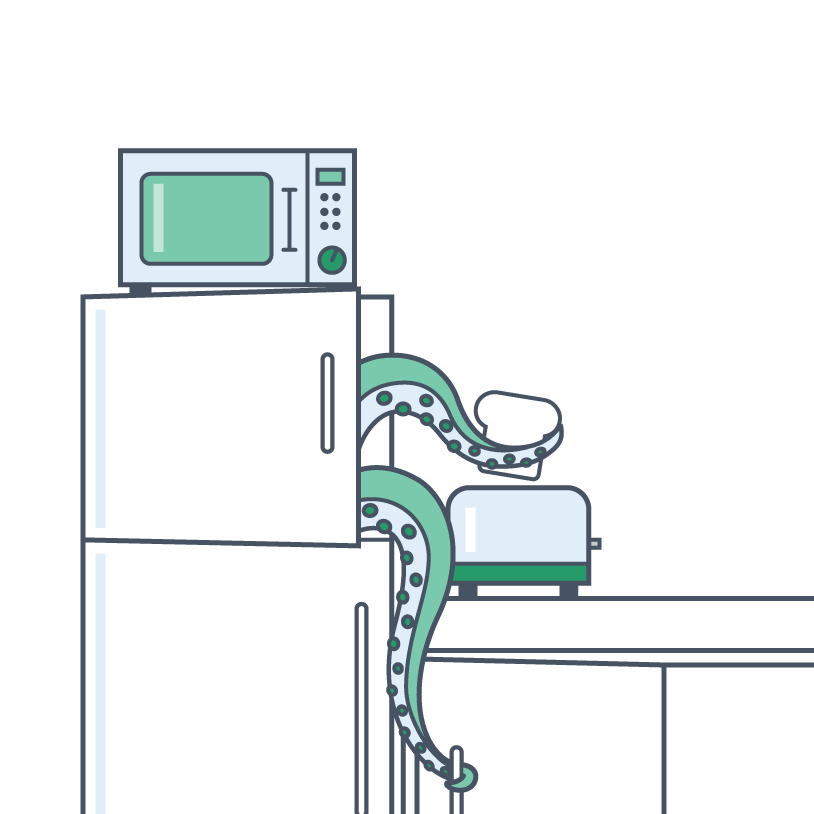
“The brain works better in pictures. A lot of the information we encounter every day is abstract. If you associate it with a picture, it’s easier for the brain to latch onto."12
Nelson Dellis, Memory Champion
What other techniques can you use to be more memorable?
 Want to learn more? Get our free e-book on the science of great presentations.
Want to learn more? Get our free e-book on the science of great presentations.
Putting science into action
Create more engaging, persuasive, and memorable presentations with Prezi, the software built around neuroscience.

For individuals
For individual users like professionals and students who want to stand out
Go to Prezi Present
For business teams
Creation, presentation, and analytics tools for sales and marketing teams
Go to Prezi BusinessReferences
- Hyerle, D. (2009). Thinking Maps: Visual Tools for Activating Habits of Mind. In Costa, A. L. & Kallick, B.(Eds) Learning and Leading with Habits of Mind: 16 Essential Characteristics for Success (pp. 153). Retrieved from: http://www.thinkingschoolsinternational.com/site/wp-content/uploads/2016/05/Habits-of-Mind-and-Thinking-Maps-chapter-copy-2.pdf
- Hsu, J. (2008). The Secrets of Storytelling: Why We Love a Good Yarn. Scientific American. Retrieved from: http://www.scientificamerican.com/article/the-secrets-of-storytelling/
- Stephens, G. J., Silbert, L. J. & Hasson, U. (2010). Speaker-listener neural coupling underlies successful communication. PNAS. 107, 32. 14425-14430. Retrieved from: http://www.pnas.org/content/107/32/14425
- Thorpe, S., Fize, D. & Marlot, C. (1996). Speed of processing in the human visual system, Nature, Vol 381.
- Levitin, D. J. (2015). Why the modern world is bad for your brain. Retrieved from: https://www.theguardian.com/science/2015/jan/18/modern-world-bad-for-brain-daniel-j-levitin-organized-mind-information-overload
- Lacey, S., Stilla, R., & Sathian, K. (2012). Metaphorically Feeling: Comprehending Textural Metaphors Activates Sensory Cortex. Brain and Language. 120, 3. 416–421. http://doi.org/10.1016/j.bandl.2011.12.016
- González, J., Barros-Loscertales, A., Pulvermüller, F., Meseguer, V., Sanjuán, A., Belloch, V. & Avila, C. (2006). Reading cinnamon activates olfactory brain regions. NeuroImage. 32, 2. 906-912. http://doi.org/10.1016/j.neuroimage.2006.03.037
- Interactive Content Across the Buyer’s Journey. ION Interactive. Retrieved from: http://apps.ioninteractive.com/site/interactive/content-across-buyers-journey
- Small, D. A., & Loewenstein, G. (2006). Sympathy and callousness: The impact of deliberative thought on donations to identifiable and statistical victims. Elsevier. 102, 2. 143-153.
- Vogel, D. R., Dickson, G. W. & Lehman, J. A. (1986). Persuasion and the Role of Visual Presentation Support: The UM/3M Study.
- Schultz, M. & Doerr, J. What sales winners do differently. RAIN Group. Retrieved from: http://www.rainsalestraining.com/?LinkServID=059C80D7-DDD7-3C91-A466DE06DB398F0B
- Rubin, J. (2013). The Jeff Rubin Jeff Rubin Show: USA Memory Champion Nelson Dellis. Retrieved from: http://splitsider.com/2013/07/the-jeff-rubin-jeff-rubin-show-usa-memory-champion-nelson-dellis
- Kliegl, R., Smith, J., Heckhausen, J. & Baltes, P.B. (1987). Mnemonic Training for the Acquisition of Skilled Digit Memory. Cognition and Instruction. 4, 4. 203-223.
- IAB Tablet Ad Format Study (2012). Internet Advertising Bureau UK. Retrieved from: http://www.iabuk.net/research/library/tablet-ad-format-study



